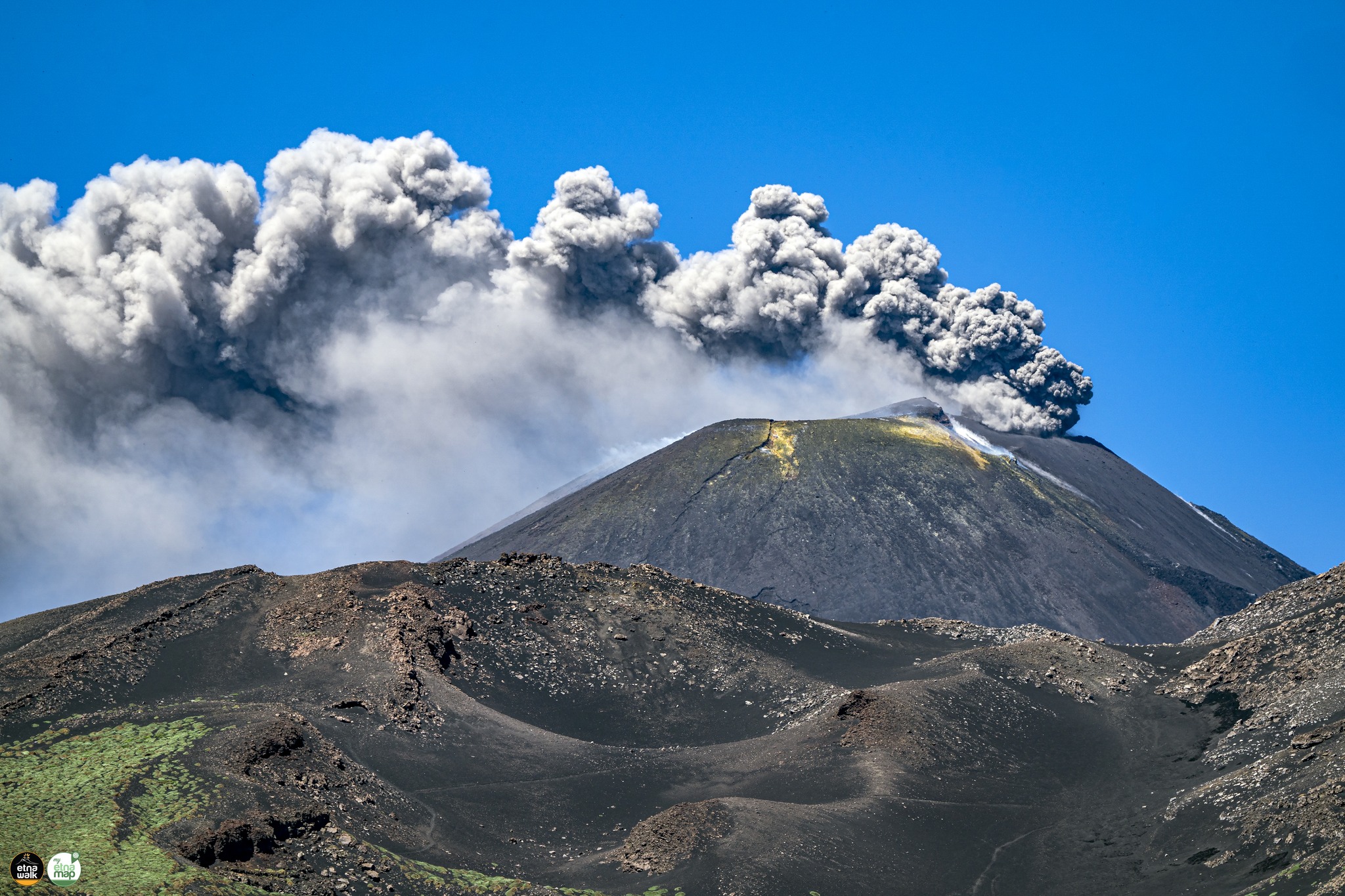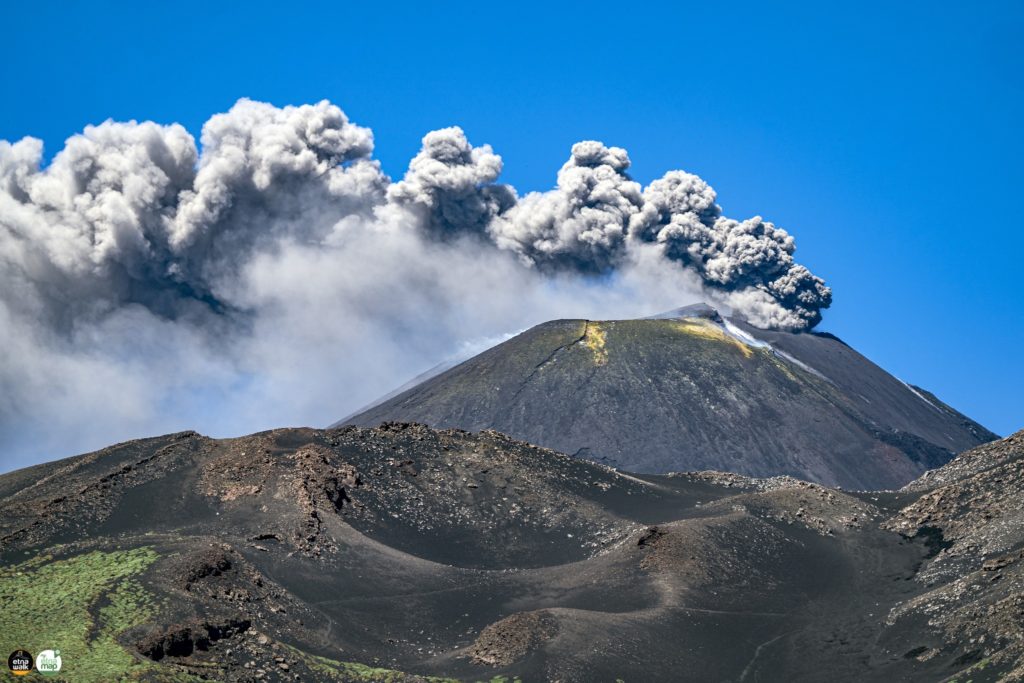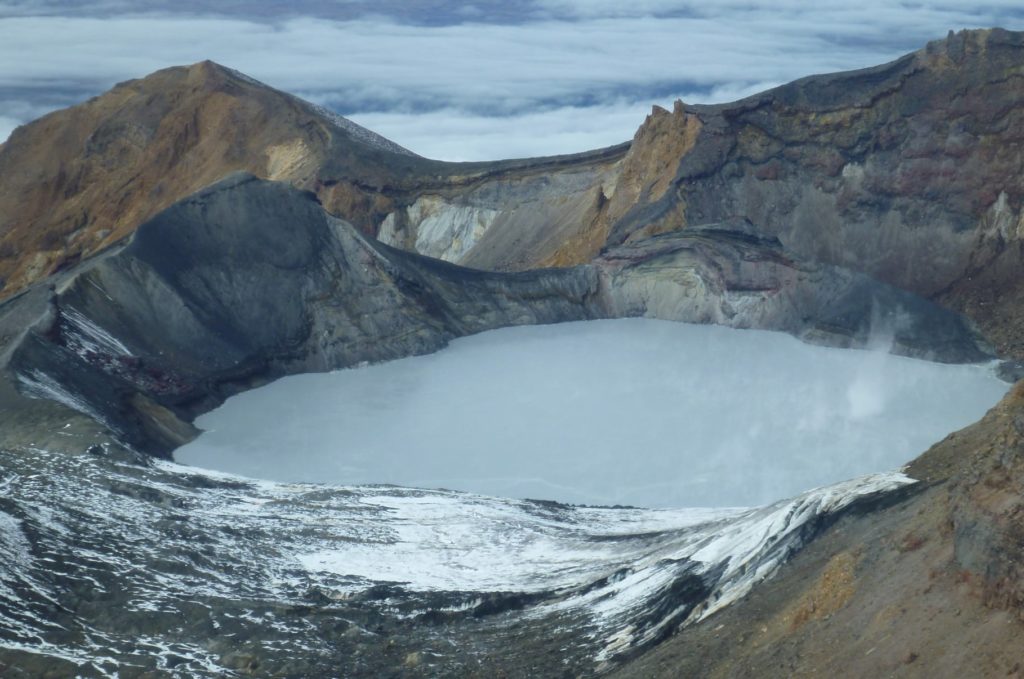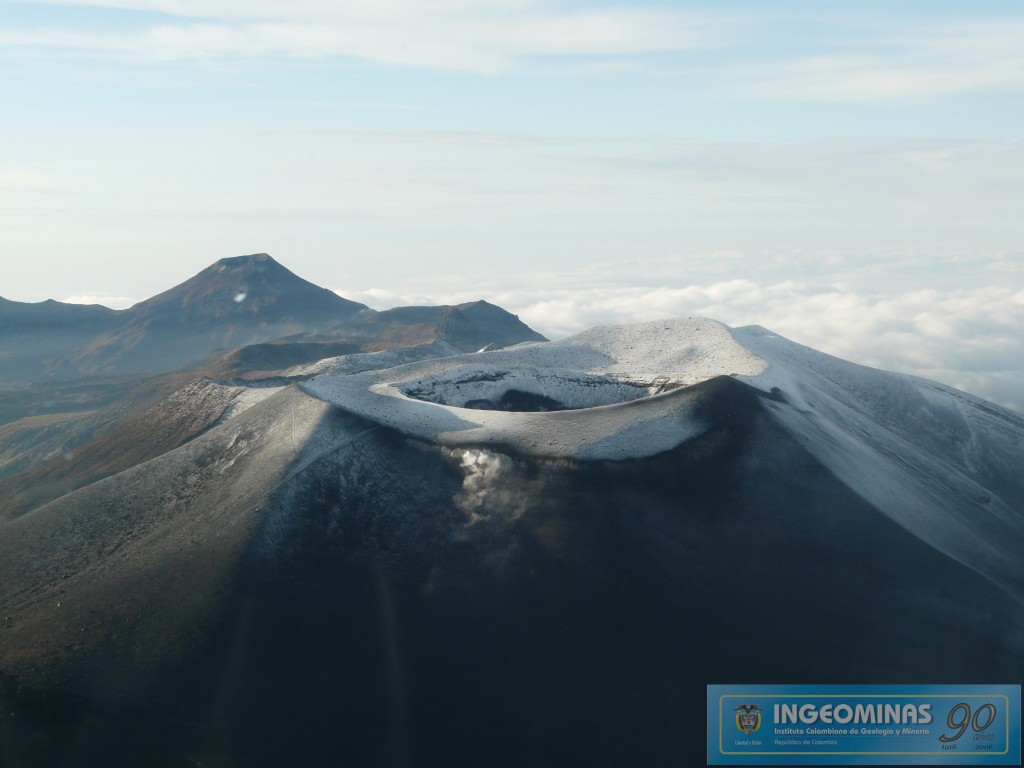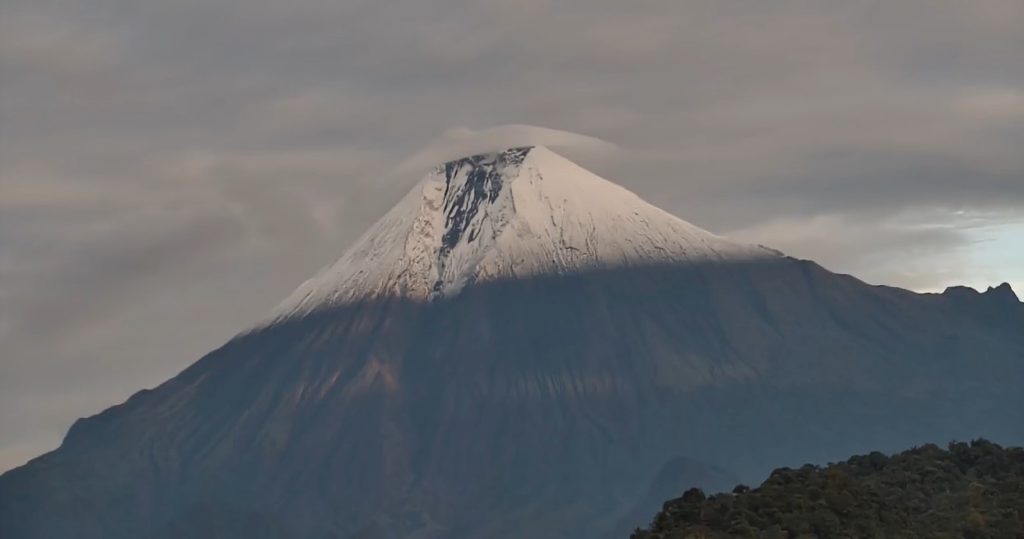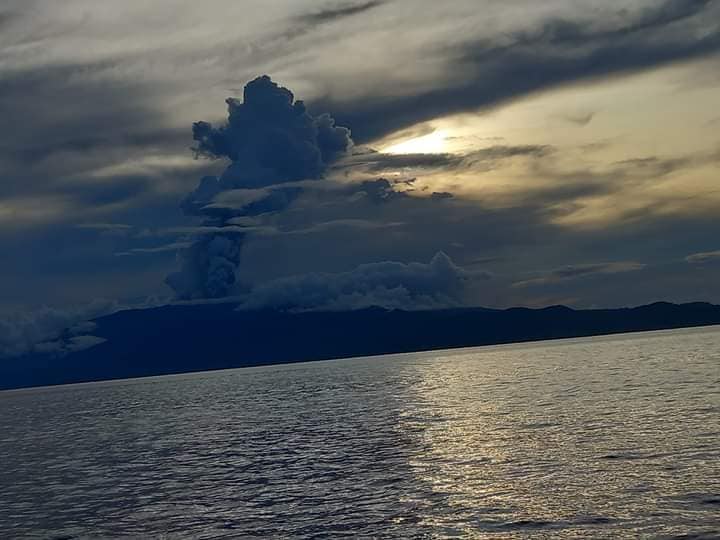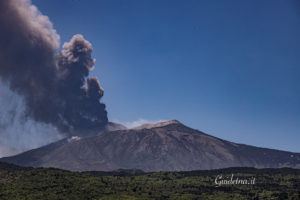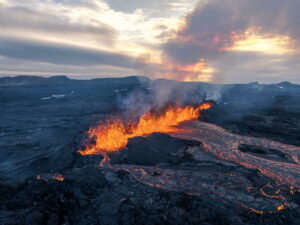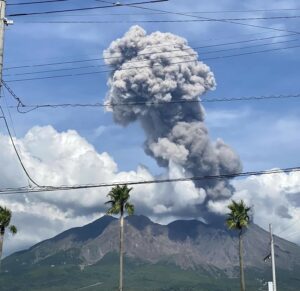June 03 , 2022.
Italy / Sicily , Etna :
VOLCANO OBSERVATORY NOTICE FOR AVIATION (VONA)
Issued: June 03 , 2022
Volcano: Etna 211060
Current Color Code: RED
Previous Color Code: orange
Source: Etna Volcano Observatory
Notice Number: 2022/0034/01E03
Volcano Location: 3744N 01500E
Area: Italy
Summit Elevation: 3300 m
Volcanic Activity Summary:
Strong Strombolian activity is observed at the summit craters; Ash emission in progress.
Volcanic cloud height:
The height of the volcanic clouds is estimated at 4000 M above the summit.
Other Volcanic Cloud Information:
The ash cloud is moving south-southwest
Notes: The phenomenon is observed by surveillance cameras.
Source : INGV.
Photo : Etna Walk / Giuseppe Distefano / Marco Restivo / Marco Di Marco .
New Zealand , Ruapehu :
Mt Ruapehu volcanic unrest continues with moderate tremor and a cooler Crater Lake. The Volcanic Alert Level remains at Level 2. Published: Fri Jun 3 2022 11:30 AM
Volcanic Alert Level remains at 2
Aviation Colour Code remains at Yellow
Volcanic tremor levels were moderate last week, and the Crater Lake (Te Wai ā-moe) temperature has been steady around 31 °C. However, volcanic unrest continues at Mt Ruapehu and the potential for eruptive activity remains.
Activity Update
Volcanic tremor strength at Mt Ruapehu was moderate during last week but has since dropped to weak levels like those seen 2 weeks ago. Although tremor has varied week-to-week, the overall intensity has declined from the strong levels recorded early May.
The crater lake temperature is currently 30 °C and has been steady around 30 – 31 °C for the past week, indicating that heat entering the lake is being sustained at around 200 MW. The lake level often rises and falls quickly in response to heavy rainfall such as happened last week and during this week.
Although weather conditions have not allowed gas measurement flights, the most recent high sulphur dioxide (SO2) and carbon dioxide (CO2) outputs combined with still variable levels of volcanic tremor, are consistent with a continued period of heightened volcanic unrest at Mt Ruapehu and the potential for eruptive activity remains.
Scenarios
Within the next four weeks, the most likely outcomes of this ongoing unrest are either minor eruptive activity that is confined to the lake basin, or no eruption. Minor eruptions may generate lahars (dangerous volcanic mudflows) in the Whangaehu River.
The next likely scenario is a larger eruption that impacts the summit plateau with volcanic surges. That event could generate lahars in multiple catchments, like what was seen after the September 2007 eruption, or like those in June 1969. An eruption of this size would cause life-threatening hazards on the summit plateau and in valleys impacted by lahars.
The chance of a prolonged eruptive episode or a larger eruption, with wider ashfall impacts such as occurred in 1995-96, is higher than it was two months ago, but within the next four weeks remains very unlikely. Such an eruption would most likely only follow a sequence of smaller eruptions.
Due to the heightened volcanic unrest, GNS Science staff are carrying out more frequent aerial observations and gas measurements when weather conditions are suitable.
Our interpretation of the observational data and activity is consistent with elevated volcanic unrest at the heightened level and therefore the Volcanic Alert Level remains at Level 2. The Aviation Colour Code remains at Yellow.
Mt Ruapehu is an active volcano and has the potential to erupt with little or no warning when in a state of elevated volcanic unrest.
The Volcanic Alert Level reflects the current level of elevated volcanic unrest. The Volcanic Alert Level should not be used to forecast future activity. However, at Volcanic Alert Level 2, eruptions are usually more likely than at Volcanic Alert Level 1.
Source : Geonet.
Photos : Bradd Scott , Geonet.
Colombia , Puracé :
Weekly bulletin of the activity of the Puracé volcano – Los Coconucos volcanic chain
The activity level of the volcano continues at the Yellow Activity Level or (III): changes in the behavior of volcanic activity.
From the analysis and evaluation of the information obtained through the monitoring network of the Puracé volcano – Los Coconucos volcanic chain, during the week of May 24 to 30, 2022, the COLOMBIAN GEOLOGICAL SERVICE – Volcanological and Seismological Observatory of Popayan reports that:
With regard to the number and released energy of recorded seismic events, a stable behavior was observed compared to previous weeks, with a slight increase in the occurrence of low frequency type events (type BF). For the period evaluated, 650 seismic events were recorded, of which 54 were associated with rock fracturing processes (type VT) and 596 with fluid dynamics in volcanic conduits; of these, 286 were classified as long period type events (LP type), five (5) events as hybrid (HB type), 246 low frequency events (BF type), three (3) « tornillos » type events » (type TO), and 56 like tremor pulses of
low energy level (type TR).
The geodetic network of GNSS (Global Navigation Satellite System) stations monitoring ground deformation continues to record a process associated with inflation.
In the follow-up of surface activity, the images obtained during the week thanks to the Mina, Lavas Rojas and Cerro Sombrero web cameras showed degassing of the volcanic system, with a white column oriented preferentially towards the North-West.
Sensors monitoring magnetic and electric fields and infrasonic waves did not record variations associated with changes in volcanic activity.
Therefore, it is concluded that significant variations in volcanic activity continue to be recorded, in accordance with the behavior expected at activity level III (yellow level), which could evolve towards states of greater activity. The Colombian Geological Service continues to monitor the evolution of the volcanic phenomenon and will report any changes that may occur in due course.
Source : SGC.
Photo : Ingeominas.
Papua New Guinea , Ulawun :
The Mount Ulawun volcano in north-eastern Papua New Guinea has erupted, spewing ash high into the air before easing with no injuries reported.
The country’s Geohazards Management Division reported « continuous forceful emissions of thick grey ash clouds » from the volcano for about 15 minutes early Thursday. In 2019, a second eruption just days after Mount Ulawun sent thousands fleeing sparked fears that scarce resources would be stretched even thinner.
The plumes were estimated to have travelled 3,000 metres into the air, prompting a warning to airline pilots in the area.
« Ash plumes from the eruption were blown to the north-west side of the volcano resulting in very fine ash fall in some places, including Ulamona Mission, and further downwind at Lolobau Island, » the Geohazards Management Division said.
The volcano is situated on the remote Bismarck Archipelago chain to the north of the country. A series of eruptions in 2019 forced thousands to flee their homes.
The symmetrical basaltic-to-andesitic Ulawun stratovolcano is the highest volcano of the Bismarck arc, and one of Papua New Guinea’s most frequently active. The volcano, also known as the Father, rises above the N coast of the island of New Britain across a low saddle NE of Bamus volcano, the South Son. The upper 1,000 m is unvegetated. A prominent E-W escarpment on the south may be the result of large-scale slumping. Satellitic cones occupy the NW and E flanks. A steep-walled valley cuts the NW side, and a flank lava-flow complex lies to the south of this valley. Historical eruptions date back to the beginning of the 18th century. Twentieth-century eruptions were mildly explosive until 1967, but after 1970 several larger eruptions produced lava flows and basaltic pyroclastic flows, greatly modifying the summit crater.
Sources : ABC.net , GVP.
Read the article : https://www.abc.net.au/news/2022-06-02/papua-new-guineas-mount-ulawun-volcano-erupts/101122430?fbclid=IwAR1KTzxuVDZZxJFqnvkX1VzHcjL_xFBANnDVyaNPWqGoD29ApVTSudV9Azo
Photo : James Mori, Disaster Prevention Research Institute, Kyoto University.
Ecuador , Sangay :
DAILY REPORT OF THE STATE OF SANGAY VOLCANO, Thursday June 02, 2022.
Information Geophysical Institute – EPN.
Surface Activity Level: High, Surface Trend: No change.
Internal activity level: High, Internal trend: No change.
Seismicity: From June 01, 2022, 11:00 a.m. to June 02, 2022, 11:00 a.m.:
Explosion (EXP) 12
Long Periods (LP) 273
Rains / Lahars:
There are no reports of rain in the volcano area. **In the event of heavy rains, they could remobilize the accumulated materials, generating mudslides and debris that would descend on the flanks of the volcano and flow into the adjacent rivers.**
Emission / ash column:
According to surveillance cameras, an emission of gas and ash was observed at a height of about 300 meters above the level of the crater, and heading north. There are no reports of ash emissions from Washington’s VAAC.
Other Monitoring Parameters:
In the MIROVA system, 2 moderate thermal anomalies were recorded.
Observation:
In the afternoon and the night of yesterday, the volcano remained cloudy. During the morning today, in a few moments, the volcano cleared and small gas emissions with a very low ash content were observed.
Alert level: Orange.
Source : IGEPN.
Photo : ECU 911
Vanuatu , Ambae :
AMBAE VOLCANO ALERT BULLETIN N05 was issued by the Vanuatu Meteorology and Geohazards Department on 27th May 2022 at 11:13 am:
The volcanic activity on Ambae Island is continuing in the major unrest level. The Volcanic Alert Level remains at Level 2.
The volcano activity consists of emission of steam and explosions of wet tephra ejected above the lake surface but confined within the caldera. Volcanic hazards remain at the summit area and creeks (e.g., remobilization of remaining ash from 2017 and 2018 eruption and current activity).
New observations confirmed that the volcanic cone has built up inside Lake Voui and Ambae volcano continues to emit volcanic gas and ash contained within Lake Vui, consistent with the activity of the Ambae volcano under Volcanic Alert Level 2 indicating ‘Major level of unrest; the Danger area remains at 2 km around the volcanic vents and within the area of flowing creeks. With this current volcanic activity, it is a useful reminder that eruptions can occur at any level of unrest with little or no warnings.
Source : Geohazard Vanuatu.
Photo : Nixon Tambean

